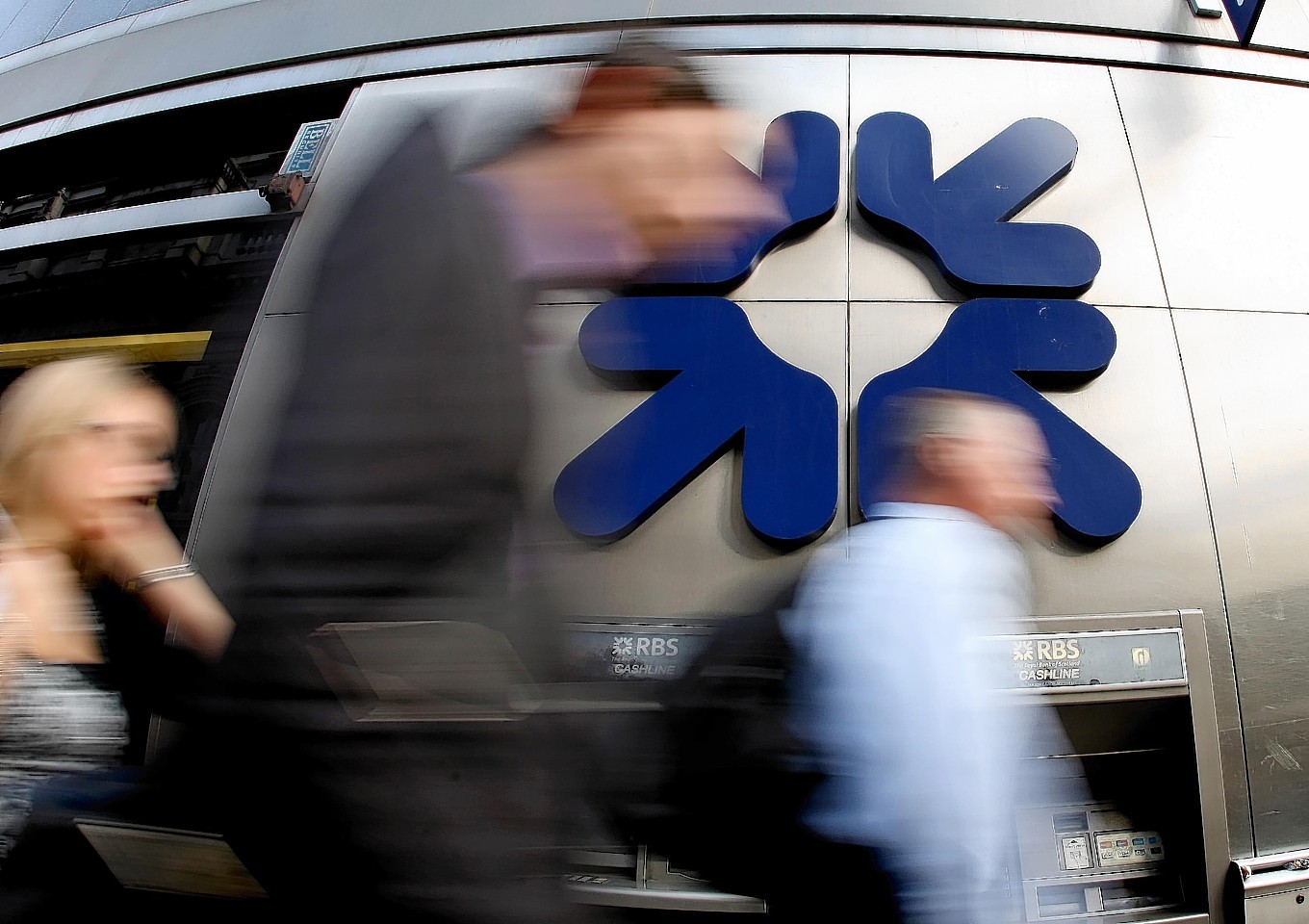Top managers of a failed bank would be replaced immediately and creditors told within two days the losses they will bear, the Bank of England said yesterday in its blueprint for avoiding taxpayer bailouts in future financial crises.
This is the first time the British central bank has set out the steps it would take over an initial 48-hour period to deal with a collapsing bank.
The lender’s top executive management would be fired on the spot and the bank’s liabilities used to pay off losses and recapitalise in a bid to restore confidence and avoid a run.
The new regime comes into effect in January 2015. Had it been in place in 2008 when Royal Bank of Scotland (RBS) failed, taxpayers would not have had to funnel £45billion into the bank.
“This is a significant milestone in our resolution regime,” said Andrew Gracie, executive director of resolution at the BoE.
With this blueprint regulators and banks aren’t leaving a failure to chance but are planning ahead so that, should it happen, it will be orderly and everyone will be clear on the sequence of events and who will pay for it.
The Bank expects its regulatory early warning system to spot a pending collapse much earlier than in the past so that by the time it pulls the trigger on restructuring, it would have a team of seasoned bankers waiting in the wings to run the firm.
Replacing top executives is seen as key to signalling a fresh start for a bank and a way of emphasising that a failure of management does not go unpunished.
Banks already must have plans outlining how they would recover from a market shock or how critical parts, such as deposits and payments, would continue unaffected by a collapse.
